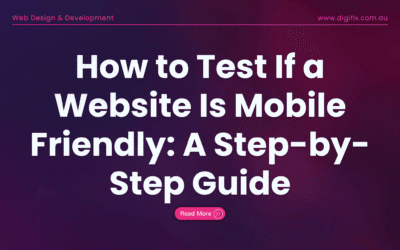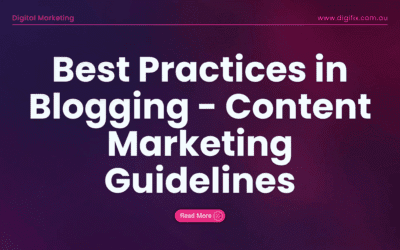Discover the impact of emotional design on user experience. Forge lasting connections, build brand loyalty, and create human-centered designs that resonate with users’ emotions.
Introduction
In the world of design, aesthetics and functionality are undoubtedly essential, but there’s another element that holds the key to truly captivating and engaging experiences: emotional design. Emotional design is the art of evoking emotions and forging meaningful connections between users and products or services through design choices. Whether it’s a website, app, or physical product, the power of emotional design can influence user behavior, enhance brand loyalty, and drive business success.
The Three Levels of Emotional Design
1. Visceral Design
Visceral design is the initial reaction users have when they encounter a product or design. It appeals to the senses and creates an instant emotional response. Colors, shapes, textures, and even sounds play a significant role in evoking visceral emotions. A visually stunning website, for example, can immediately capture a user’s attention and interest.
2. Behavioral Design
Behavioral design focuses on the functionality and usability of a product. It addresses the emotional connection through interactions and user experience. Intuitive navigation, smooth animations, and well-designed user flows contribute to positive behavioral emotions. When users find a website easy to use and navigate, they feel a sense of satisfaction and comfort.
3. Reflective Design
Reflective design involves the emotional response that users have after using a product. It taps into the memories and experiences associated with the product, leaving a lasting impression. Brands that successfully create reflective emotions instill a sense of loyalty and attachment in their customers. For instance, a heartwarming closing message on a website can leave users feeling appreciated and valued.
The Impact of Emotional Design on User Experience
Emotional design has a profound impact on the overall user experience. When users feel a strong emotional connection to a product or service, they are more likely to engage with it on a deeper level. Positive emotional experiences lead to increased user satisfaction and loyalty, resulting in repeat visits and word-of-mouth recommendations.
Incorporating Emotional Design Elements
1. Understand Your Audience
To create emotionally engaging designs, it’s crucial to understand the target audience. Conduct research to identify their preferences, pain points, and aspirations. Tailor your design elements to resonate with their emotions.
2. Use Colors Wisely
Colors evoke powerful emotions. For example, warm colors like red and orange can create a sense of urgency and excitement, while cool colors like blue and green promote calmness and trust. Choose colors that align with the emotions you want to evoke.
3. Tell a Story
Storytelling is a potent tool in emotional design. Use narratives that resonate with users, connecting them to the brand or product on a personal level. Compelling stories can leave a lasting impression, fostering a strong emotional bond.
4. Focus on Human-Centered Design
Put the user at the center of your design process. Understand their needs, preferences, and pain points to create designs that cater to their emotions and desires.
Conclusion
Emotional design goes beyond aesthetics and functionality; it delves into the realm of human emotions, creating powerful connections between users and products. By incorporating visceral, behavioral, and reflective design elements, designers can craft experiences that resonate deeply with users. The impact of emotional design is undeniable – it can turn users into loyal advocates and drive business success.
FAQs
Can emotional design improve brand loyalty?
- Yes, emotional design creates strong connections with users, leading to increased brand loyalty and advocacy.
How can colors impact emotional design?
- Colors evoke specific emotions; using them wisely can influence how users feel when interacting with a design.
Is storytelling important in emotional design?
- Yes, storytelling adds depth and meaning to designs, fostering emotional connections with users.
What is reflective design, and why is it essential?
- Reflective design elicits emotions after using a product, creating lasting impressions and building brand loyalty.
Why is understanding the audience crucial in emotional design?
- Understanding the audience helps designers tailor their creations to resonate with users’ emotions and preferences.
Do you want more traffic?
—————
Hi, we are an Australian digital agency doing groundbreaking work to help a business like yours reach its full potential. My only question is will you qualify for our services?
Do you want more traffic?
—————
Hi, we are an Australian digital agency doing groundbreaking work to help a business like yours reach its full potential. My only question is will you qualify for our services?





0 Comments